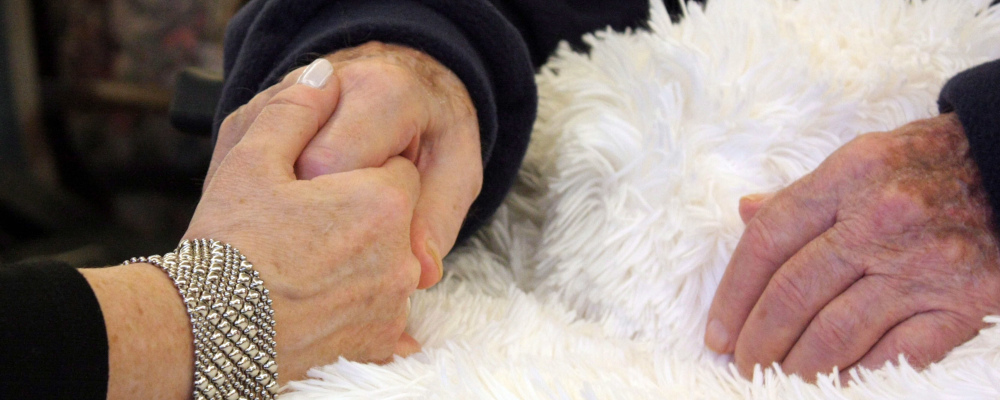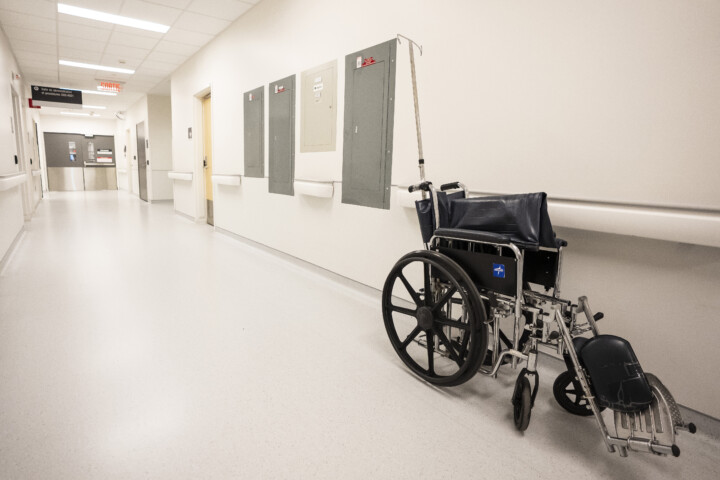Last month, the federal government released its long-awaited Fourth Annual Report on Medical Assistance in Dying. The report, which aggregates self-reported data from practitioners involved with MAiD, provides a high-level overview of assisted death in Canada.
More than 13,000 people in Canada had their lives ended through assisted death in 2022 alone. This marks a 31.2 percent increase over the prior year and continues the trend of at least a 30 percent increase in MAiD deaths annually since 2019.
These increases are striking. When MAiD was contemplated by the courts in the Carter case, it was as an “almost-absolute prohibition” permitting only a “stringently limited, carefully monitored system of exceptions.” As an example of such a strict approach, the trial judge noted the “low numbers of persons in Oregon who have availed themselves of physician-assisted suicide”—a total of 65 persons, or 0.2 percent of all deaths in that state, in 2010. By comparison, at least 44,958 have resorted to assisted death since federal legislation was introduced in 2016. It now accounts for 4.1 percent of all deaths nationwide, with even higher ratios in British Columbia (5.5 percent) and Quebec (6.6 percent).
These numbers alone should give us pause, but even more troubling are some of the details revealed in the Annual Report. For example, although it may seem reassuring to read that the “majority of MAiD recipients received palliative care and disability support services,” nearly 200 Canadians “required but did not receive” any disability support services. While support services were reportedly “accessible if needed” in many of these cases, it’s unclear why they weren’t actually “accessed” before death was administered. And this still left at least 49 people who died without any access to disability supports, and thousands more whose needs and access to such services were simply reported as “unknown.”
For the majority who did access some kind of disability supports, the duration was either six months or less, or “unknown.” Perhaps most significantly, the nature of these “disability support services” isn’t at all specified. The report simply uses this term to cover a broad category of “support services available to support an individual,” which may include “assistive technologies, adaptive equipment, rehabilitation services, personal care services, and income supplements.” The report provides no information as to the adequacy, effectiveness, or quality of these “support services,” nor how many of these “support services” were accessible to each person—presumably just one could suffice for reporting purposes.
Similar concerns arise in relation to palliative care. Although it is reported that “the majority of MAiD recipients (77.6 percent) had received palliative care”, that seemingly left at least 323 people who died in need of it but with no access, and another 360 deaths where this information was “unknown.”
For over 40 percent of those who reportedly did receive palliative care, it was only for one month or less (the duration was “unknown” for over 900 others), raising questions about whether it was accessed long enough for its benefits to be meaningfully realized. And, as last year’s Annual Report acknowledged, the data “does not offer insight into the adequacy or quality of the palliative care services that were available or provided.”
Ultimately, the Annual Reports provide very little reassurance that Canadians aren’t resorting to MAiD due to lack of adequate care. In fact, they seem to suggest the opposite. With respect to the nature of suffering that led patients to MAiD, almost six in 10 deaths (approximately 7,756 people) involved “inadequate pain control (or concern)”, and almost half (approximately 6,210 people) involved “inadequate control of symptoms other than pain (or concern).”More than one answer could be selected.
This raises a number of red flags. The first is that concerns about potential pain or symptoms appear to be driving a large number of MAiD requests. How many Canadians who died were fully aware of palliative care’s effectiveness in potentially managing their concerns? How many had meaningful access to the supports they needed, which could have potentially alleviated their suffering? There are limits to what medicine can do, of course, but the notion that Canada systemically failed almost 8,000 people in helping them manage their pain—in a single year—is both heartbreaking and eye-opening.
But pain management is not the only, or even the leading, reason why people are seeking MAiD. The most common basis of suffering, it seems, is that they feel they are losing their sense of meaning, purpose, and dignity (“loss of ability to engage in meaningful life activities” was a factor in 86.3 percent of all MAiD deaths, and “loss of dignity” in over half). Social and existential suffering was also a major factor. Thousands of people resorted to MAiD in 2022, at least in part, because they perceived that they were a “burden on family, friends, or caregivers,” and/or due to “isolation or loneliness.” Hundreds sought MAiD in connection with “emotional distress/existential suffering/fear/anxiety.”
While MAiD is often celebrated as an exercise of autonomy, equality, and self-determination, it’s difficult to see those ideals reflected in these numbers. The data in these reports seem to speak more to our societal failings than our human rights triumphs.

In terms of any non-compliance with legislative safeguards, the report is silent. Since it is based on self-reporting, it would be unlikely to reveal serious compliance concerns in any event. However, Quebec’s Commission on end-of-life care does independently analyze MAiD deaths in that province and publishes its findings annually. Its 2023 report revealed 23 cases of non-compliance, including 19 cases where death was administered to a person who did not suffer from a serious and incurable disease, as required by law.
All of this is very troubling, but none of these trends are new. Despite this, certain lawmakers and advocacy groups have continuously pushed for euthanasia expansion—for those not at end of life (2021), for those who have lost capacity but made a prior arrangement (2021), for mental illness as a sole basis for eligibility (scheduled for 2024), and for children with “requisite decision-making capacity” (recently recommended by a parliamentary committee). Quebec’s college of physicians even proposed expanding euthanasia for infants in certain cases.
Through it all, proponents have pointed to the federal government’s Annual Reports to suggest that all is well and that Canada’s MAiD regime is operating as it should. But if we look more deeply, we might see that these reports reveal causes for concern more than comfort.
It’s past time for the government to do more than just republish self-reported data. It must start conducting independent investigations to address these concerns. It must ensure, as the Supreme Court expected in Carter, that MAID is subject to “strict limits” that are “scrupulously monitored and enforced”. And, in light of the grave consequences involved, it needs to do so before expanding MAiD even further.
Recommended for You

The year we cure Gell-Mann Amnesia: The Hub predicts 2026

The collapsing birth rate becomes front-page news, and a long-foretold financial crash? The Hub predicts 2026

Why the return to religion matters

We are doing Christmas backwards



